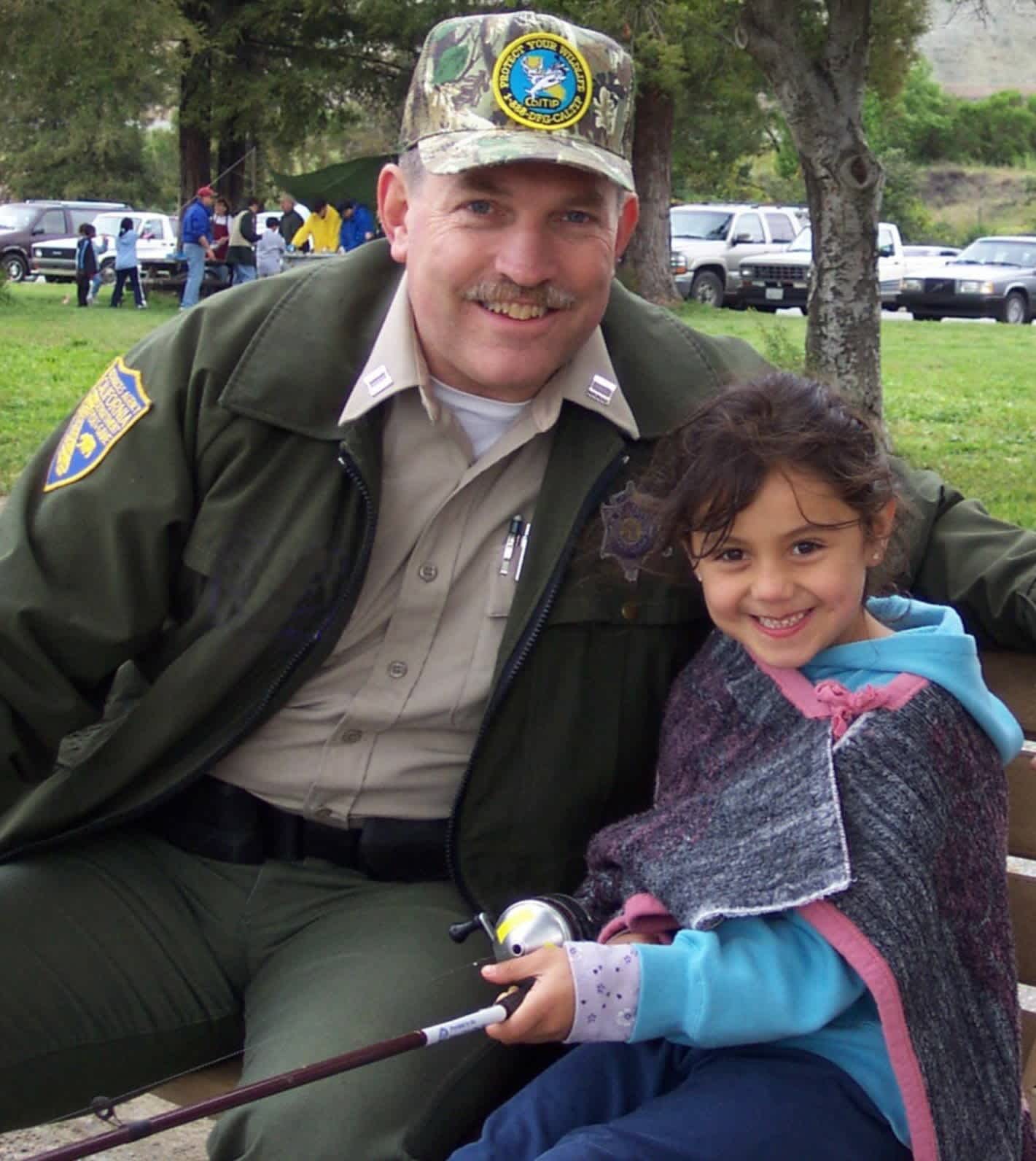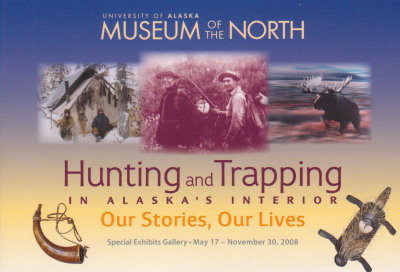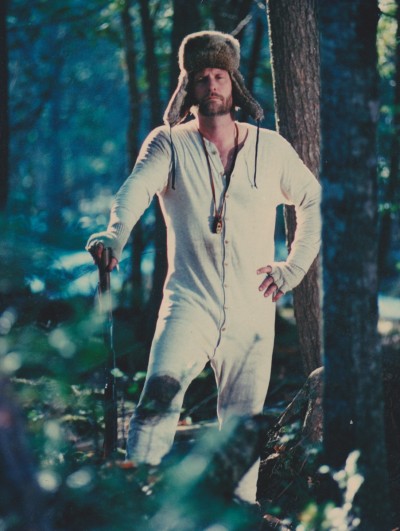Some Strategies to Improve the Image of Hunting and Fishing
James Swan 10.21.13

Hunting is one of the most controversial outdoor sports. A recent public opinion poll by Responsive Management (pdf) found that while only about 6 percent of the general public hunts, 81 percent support ethical hunting. That’s heartening, but the same poll also found that 62 percent of the general public believes that a lot of hunters break hunting laws, are reckless, and drink to excess. The actual statistics of hunters who behave badly are actually less than one percent, but in a media-driven age, image is what counts, whether it’s accurate or not. Despite the fact that violent crime in urban areas has declined by 40 percent in the last 15 years, one negative incident grabs the headlines and calls for banning firearms pop up like mushrooms after a warm spring rain.
Reality TV shows like Duck Dynasty, American Hoggers, and the several game warden TV series that show hunters and fishermen as ethical heroes and play to mainstream audiences build up a positive image of outdoor sportsmen and women that helps preserve the heritage, as well as encourage others to participate. The way that reality TV reaches millions each week and can change attitudes is truly remarkable.
I suggest some ways to help improve the general public’s image of hunters that are not dependent on federal government money—a key factor in these tough economic times.
Pro-hunting museum exhibits
Not long ago the University of Alaska at Fairbanks ran a month-long program of exhibits and lectures on the hunting and trapping heritage of Alaska at its Museum of the North. Exhibit curators said that they did not receive any negative comments, and they got a lot of positive feedback.
“Caught Doing Good” programs
A few years ago in California, when game wardens in the field spotted someone who was picking up trash or taking extra effort to insure that fish returned to the water revived and survived, they would issue a “Caught Doing Good” certificate. The number for that certificate would then be placed into a drawing for prizes that would be awarded by a drawing at the end of the year. Government funding was cut and the program ended up. These programs could easily be supported by sportsmen’s groups.

Habitat conservation publicity
Ducks Unlimited, Pheasants Forever, the Rocky Mountain Elk Foundation—all contribute millions of dollars to purchasing and managing wildland areas. Unfortunately, the signs that describe who has contributed to these purchases often are small and placed inconspicuously in places that the general public seldom sees. Put up bigger signs! Let them know the good work that’s going on behalf of wildlife conservation. Make some commercials for mainstream shows.
A special investment fund to invest in TV and films that support hunting
Look no farther than the success of Participant Productions to see what can happen when people invest their money in films that support causes. Even making one picture a year would be a start in the right direction. You can make money by investing wisely in entertainment, as well as promoting social values.
Hold special programs to train TV and film screenwriters
Federal agencies like the FBI, CIA, and military hold special seminars for screenwriters so they will be better able to accurately represent the work of those agencies. Animal rights groups currently monitor scripts and productions with animal actors and actively seek out writers. They also have offices in Hollywood and recruit celebrities for their causes, and they hold annual award ceremonies. There is little or no outreach to Hollywood from hunting and fishing groups. If the shows don’t get it right, it’s partially the fault of the hunting community not doing enough to train writers.
An annual contest for screenwriting that presents hunting and fishing in a positive light
Conduct a national competition for TV and film scripts that portray hunting in a positive light. Submissions come with a fee to help cover the costs. Those that get selected get introductions to agents, producers, and consultation with established writers and funders.
Awards for mainstream TV shows and films that postively present hunters and fishermen
Remember when there used to be just the Oscars and the Emmys? Now there are award shows for just about everything, except mainstream TV and films that convey the most positive image of hunting and fishing. How does an “Outdoor Sportsmen’s Choice Awards” sound? An annual honoring of mainstream TV and feature films that present a positive or at least balanced image of hunting, and the people who make and appear in them. It would honor programs produced that year, as well as people who have made significant career contributions to creating a positive image for hunting and wildlife conservation. The entire sporting community would be invited to participate in the voting.

Colorado’s hunter promotion program
Yah, I know that a little while ago the Colorado legislature passed some laws about guns that a lot of folks did not like. Well, the two Colorado senators who spearheaded the gun control laws recently got recalled. Let’s give Colorado some credit for not only that, but another program to improve the image of hunting: “Hug a Hunter.”
In the late 1990s the Colorado Division of Wildlife realized the need for cultivating a better image for hunters and anglers was pressing. So, a coalition of hunters, anglers, and conservationists working together with livestock and agriculture organizations conceived the Wildlife Council, formally known as the Colorado Wildlife Management Public Education Advisory Council (WMPEAC). It was formally created by the Colorado legislature in 1998.
The Wildlife Council’s mission is to oversee the design of a comprehensive media-based public information program to educate the general public about the benefits of wildlife, wildlife management, and wildlife-related recreational opportunities in Colorado, specifically hunting and fishing. Funding for this mission comes from a surcharge of 75 cents per hunting and fishing license, which can amount to $850,000 to $950,000 per year; a budget that is administered by the newly reorganized Colorado Parks and Wildlife.
The Wildlife Council is made up of nine members representing a wide variety of interests. Initially they created some ads in newspapers and billboards. In 2005, they began running TV commercials—not public service announcements. This was a step forward, but more was needed.
According to Windi Padia, Wildlife Council Colorado Parks and Wildlife Representative and Treasurer, by 2010 the Council decided that they wanted to find the most effective way to bolster the image of outdoor sportsmen. So, working with Pilgrim Advertising, a series of focus groups were held around the state to help the Wildlife Council come up with some new, creative commercials to create a positive image of hunters and anglers in Colorado that would have measurable positive results.
You only have 30 seconds, and TV commercials can be bathroom breaks for TV viewers, so you have to hook people’s interest and deliver a meaningful punch line pretty quickly and effectively. And they wanted to especially engage non-sportsmen. The Council and Pilgrim came up with 20 benefit statements and tested them. Pictures of families carrying guns were unacceptable to many, and messages about the safety of hunting and hunters as good citizens were met by skepticism. Hunters protecting communities from wild animal attacks got little sympathy from non-sportsmen audiences. Hunting for food, incidentally, ranked only sixteenth out of the 20 when considered by the non-sportsman audience.
In contrast, the most compelling appeals were the positive economic impact of hunting to Colorado, that hunting and fishing license sales and excises taxes on equipment paid for all wildlife management, and that hunting and fishing generate thousands of jobs in small towns across the state.
They found that just stating the facts was not compelling enough. Packaging was critical. Their research found that the beauty of Colorado’s wild lands was important to both sportsmen and non-sportsmen. So, they sought a story line that would build on common shared values and what appealed to the non-sportsman audience and would build bridges of support.
Based on this research, the Wildlife Council and Pilgrim came up with a surprising commercial that aired April through September 2011 on general TV stations throughout Colorado, and repeated their campaign in 2012. It is embedded below.
http://youtu.be/a5wABioHZyw
“We conducted a survey of people who saw the commercials,” Windi says, “and we found the level of support grew by about 30 percent and we got good feedback from hunters, as well as other outdoor sportsmen.”
New commercials have been released for this year. One of them is embedded below.
http://youtu.be/XhU85OKQaks
For more information on the Colorado Wildlife Council, visit their website or Facebook page. The Hug a Hunter website includes additional information about hunting and fishing, where to get licenses, and some more facts about the value of hunting to Colorado.
Hugging hunters and anglers may or may not work for your state, but what would help sell hunting and fishing to mainstream America where you live? Be creative. Hunters and anglers are heroes, not bad guys.

